Scotch thistle (Circium vulgare), Californian thistle (C. arvense) and Nodding thistle (Cardus nutans)
Have you ever really looked at a thistle plant? Take off the “invasive” and “shouldn’t be there” glasses, and for a moment turn on curiosity. Thistle design is amazing, the leaves are deeply lobbed with sharp spines covering the edges and tops of the 3D leaves, that make it impossible to touch from above. On most thistles though the back vein is smooth with soft hairs and free of prickles and an ideal place to grab when harvesting, for all parts of the thistle are edible, hold that thought.
Thistles give a pretty loud message that says “this land needs care-taking”, “the soil is compacted and lacks potassium”. If you notice, there is always taller grass around a thistle plant and you’ll find earthworms around their roots, the long taproot’s (California thistles instead have creeping rhizome roots) job being to aerate the soil helping microorganisms thrive and to build humus. Humus is the component of soil, that holds carbon and water and houses microorganisms. In NSW The National Bank commissioned an extensive study of 800 farms to find out exactly what determined profitability. It was determined that the percentage of organic matter was the single most important factor determining profitability. This is from Graeme Sait (a kiwi) of Nutritech Solutions who wrote this very interesting blog http://blog.nutri-tech.com.au/the-challenge-of-change-2/ When humate
granules (fossilised coal) are added to conventional fertilizer, it stabilizes and magnifies the fertilisers and, in the process, dramatically increases their efficiency, helps build humus, increasing profitability and relieving thistle of its job. This doable change in land management practices, would prevent the control thistles through using poisonous sprays, which are so detrimental to all life.
Question: Why have the Scots used thistle as a national emblem since the 1200s. Answer: A Viking invader or it may have been an English invader, stepped on a thistle, yelled, alerting the Scots, thus saving the day. The Scots think so highly of this plant that they brought seeds along when they migrated to NZ. Most people won’t thank them for that. But it turns out this plant is extremely rich in health benefits – the prickles must be protecting something after all!
So another way to control thistles is to eat them. I noticed there were insects eating the thistles and the leaves looked chewed (photo right). But we can eat them too. The root, while the plant is young is extremely beneficial for the liver, and like a potato or a carrot. They are crisp and tender with a mild taste. If they are older they can be chopped up and dried for tea during winter. Drinking thistle root tea twice a day supports purification, alleviates headaches, digestive problems, gas and constipation. The stems are juicy and full of mineralized water. Find a stalk that hasn’t got open flowers and peel off the leaves and spines (wear gloves to do this). Inside the skin, nearest the top it is succulent and tender, as you eat it keep peeling the fibers, the effort is worth it as thistle stalks are sweet and juicy! The leaves can be made into a refreshing and surprisingly delicious lemonade, that helps shift our internal chemistry from an acidic condition, the cause of many of today’s diseases, towards alkalinity, supporting health. So instead of being the bane of our lives thistles truly fulfill the Celtic symbol of nobility and strong character.
Thistle Green Lemonade
2 cups thistle greens, lightly chopped
4 cups water
2 apples (or two tablespoons honey)
2 lemons, juiced
Blend all the ingredients well and strain out the pulp.
Enjoy fresh! (From The Wild Wisdom of Weeds by Katrina Blair)
This would be a nutritious addition to the meal at Christmas.
Merry Christmas Everyone and Happy New Year!
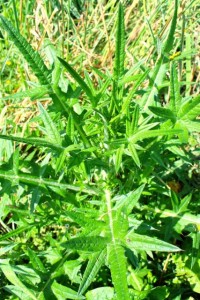
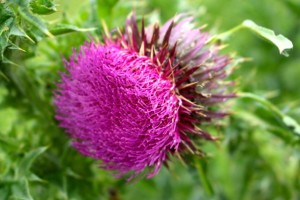
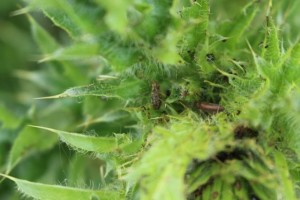
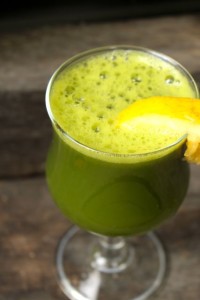
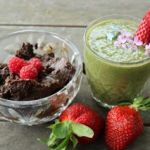

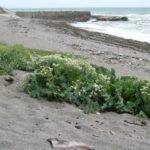
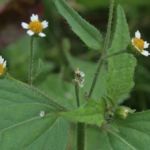
Hi Julia
Im doing an assignment for the organic gardening course and am struggling to find much information on scotch and California thistle. Do you have any info regarding vitamin and mineral benefits of these plants? Much appreciated
Annichje